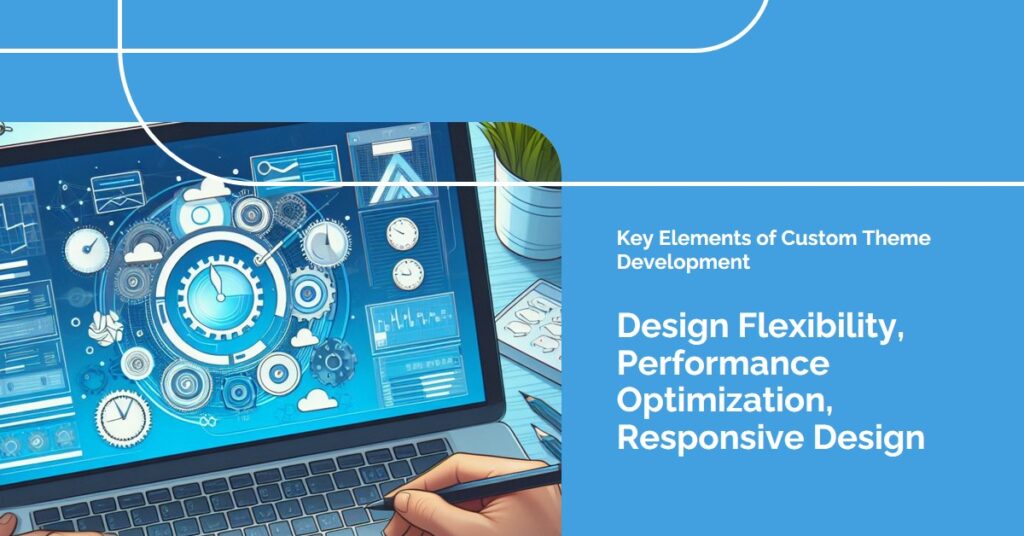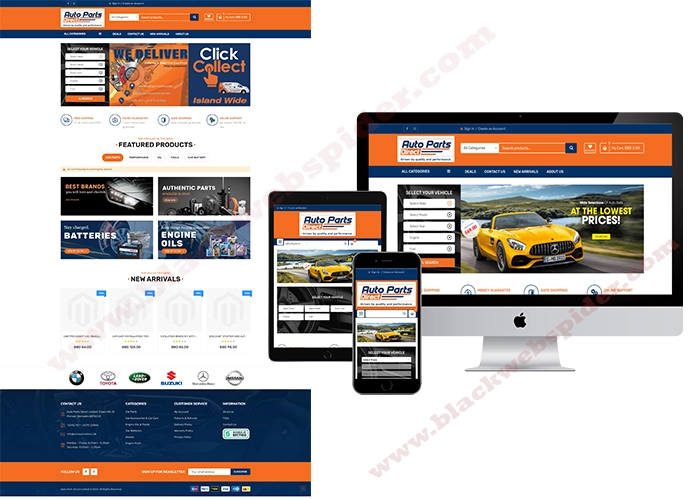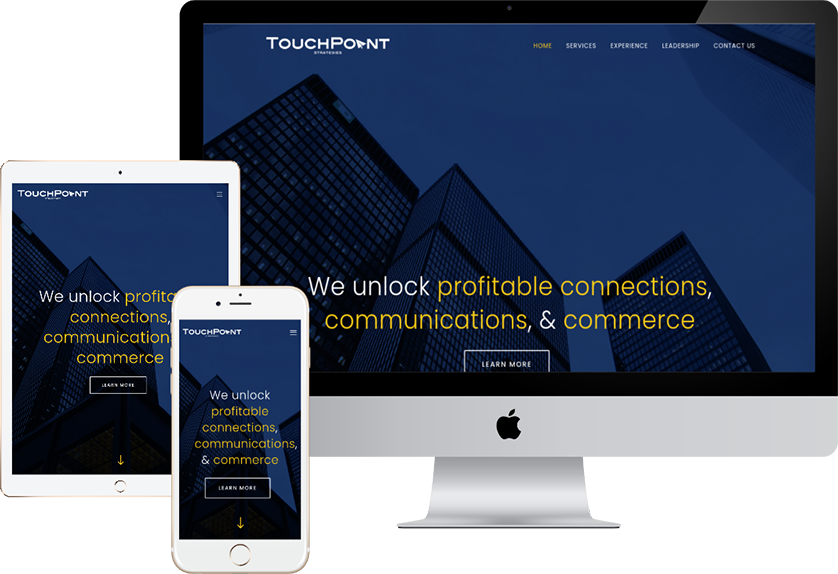
Best Campground Website Design Ideas to Boost Bookings in 2025
Best Campground Website Design Ideas to Boost Bookings in 2025
Running a campground or RV park means your website is often the first impression guests have of your property. A well-designed campground website not only showcases your beautiful outdoor spaces but also makes booking effortless.
In this guide, you’ll learn how to create a modern, user-friendly, and search-optimized campground website that converts visitors into happy campers.
1. Focus on a Mobile-Friendly Design
More than 70% of travelers browse and book camping spots using their phones. Your campground website must look and function perfectly on every screen size.
A mobile-friendly campground website should:
- Load fast, even on weak cell signals
- Have easy-to-tap buttons for booking or calling
- Feature text and images that resize automatically
- Include a simplified menu with clear navigation
💡 Pro Tip: Test your site on Google’s Mobile-Friendly Test tool to see how it performs on different devices.
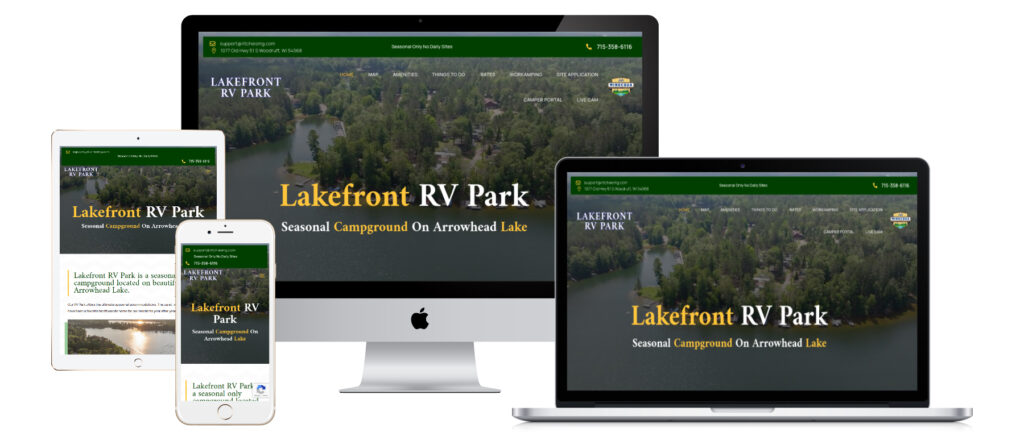
Responsive campground website design on mobile and desktop
2. Showcase Your Campground’s Unique Features
What makes your campground stand out? Maybe it’s a lakeside view, family-friendly playground, or cozy fire pits. Highlight your unique amenities with photos, short descriptions, and even icons to help guests quickly see what’s available.
Consider adding a dedicated “Amenities” page that includes:
- Pool or hot tub
- Dog-friendly areas
- Nature trails or fishing spots
- Wi-Fi and RV hookups
- Clubhouse, gym, or game area
The clearer and more inviting your amenities look online, the easier it becomes for visitors to imagine their stay.
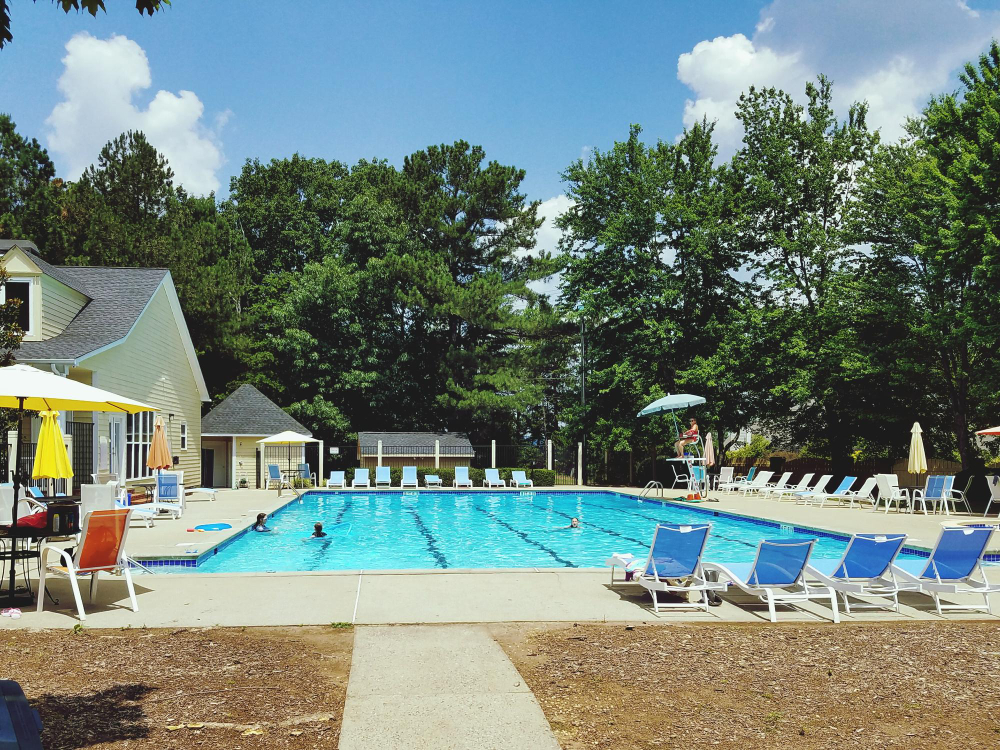
Guests enjoying campground amenities like pool and playground
3. Use Authentic, High-Quality Photos
Real photos create trust and emotional connection. Skip generic stock images—show real campers enjoying your spaces, your staff greeting guests, and the natural beauty of your grounds.
Capture:
- Your entrance sign and reception area
- Aerial shots of the campground layout
- Families roasting marshmallows or hiking
- Clean restrooms, cabins, or RV sites
- Sunset or lake views
📷 Pro Tip: Hire a local real estate photographer. They understand lighting and space, helping your campground look stunning online.

Photographer taking pictures of campground for website
4. Include a Clear Campground Map
Campers love knowing exactly where they’ll stay. Add an interactive or downloadable map that shows site numbers, trails, restrooms, and activity areas.
This helps guests choose the perfect site—like one near the playground or far from the noise. It also reduces confusion and check-in time for your staff.

Interactive campground map showing site layout and amenities
5. Add Easy Online Reservations
Convenience is everything. Integrate an online reservation system or booking form on your website.
Benefits include:
- Instant confirmation for campers
- Fewer phone calls for staff
- 24/7 booking access
- Integration with payment and availability calendars
If you don’t use booking software, include a “Book Now” button that links to a contact form or phone number.
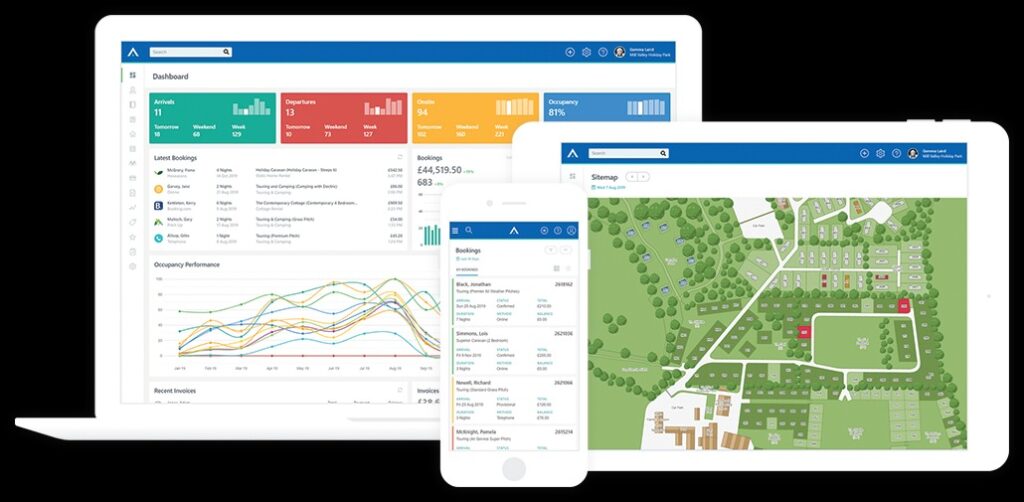
Online reservation system for campground website
6. Display Contact Information Everywhere
Your phone number, address, and email should be visible on every page—ideally in the header and footer.
Add:
- Clickable phone numbers for mobile users
- Links to your Google Maps location
- A contact form with name, email, and message fields
This helps build trust and reduces friction when guests are ready to reach out.
7. Avoid Outdated Web Design Mistakes
A cluttered, outdated website can make your campground look neglected. Avoid:
- Flashing banners or moving GIFs
- Tiny, low-quality photos
- Outdated copyright years
- Autoplay music or videos
- Overstuffed homepages with too many announcements
Instead, focus on simplicity, consistent branding, and modern fonts that reflect your campground’s personality.
8. Optimize for SEO
Search engine optimization (SEO) helps campers find your website.
Include targeted keywords like “campgrounds near [your location]” throughout your site. Optimize your:
- Page titles and meta descriptions
- Headings (H1, H2, H3)
- Image alt text
- Google Business Profile
🌿 Pro Tip: Write blog posts like “Best Things to Do Near [Your Campground Name]” to attract local search traffic.
9. Ensure ADA Compliance
Accessibility is both a moral and legal requirement. Follow WCAG guidelines to make your website usable for all visitors.
Check for:
- Text color contrast
- Keyboard navigation
- Alt text for images
- Descriptive links
Tools like WAVE or AccessiBe can help identify and fix accessibility issues.
10. Keep Your Website Updated
Update your photos, pricing, and event calendar regularly. Seasonal updates show Google (and visitors) that your site is active.
If you’re too busy managing your campground, consider hiring a web design service that specializes in campgrounds to handle updates for you.
Conclusion
A great campground website blends design, usability, and strategy. Focus on a mobile-friendly layout, real photography, easy booking, and strong SEO, and your site will naturally convert visitors into guests.
The better your website looks and performs, the more likely campers are to book directly—saving you time and boosting your bottom line.
If you’re ready to modernize your online presence and attract more happy campers,
👉 contact us today to learn more about our RV Park Website Design Service.
Related articles:
- RV Park Website Design
- Revolutionize Your RV Park with the Best Website Design
- How to Improve Your RV Park’s Google Rankings and Claim Your Listing
Frequently Asked Questions
1. Why is a mobile-friendly campground website important?
Because most travelers use smartphones to search and book their stays. A responsive design ensures a smooth experience across devices and helps your site rank higher on Google.
2. How can professional photos improve my campground website?
They make your property look inviting and trustworthy, encouraging visitors to book instead of browsing elsewhere.
3. What should I include on my campground homepage?
A brief intro, beautiful hero image, amenities summary, map link, and a visible “Book Now” button.
4. How often should I update my website?
At least every season. Refresh photos, update pricing, and post new events to show that your campground is active and welcoming year-round.


